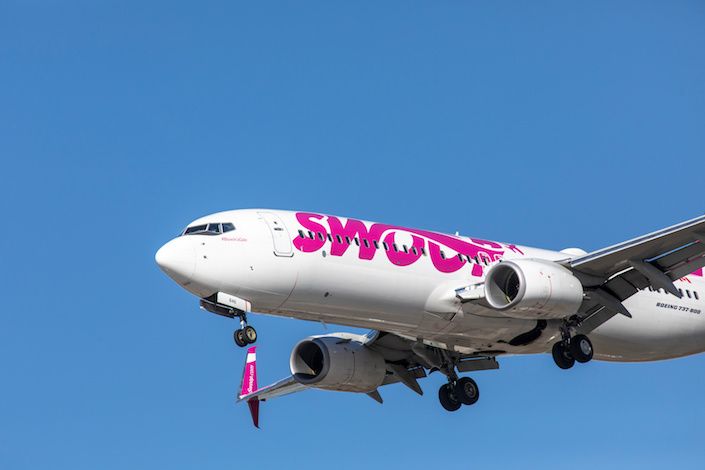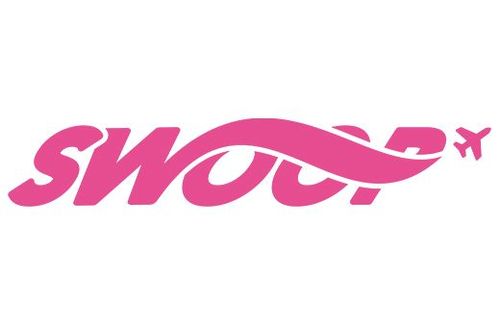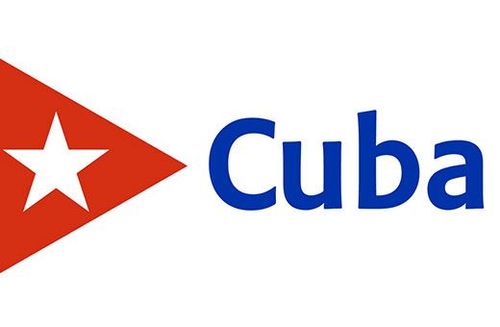Where travel agents earn, learn and save!
News / Swoop’s Cummings says soaring fuel costs will drive up prices
Budget carriers aim to minimize the impact of labour and fuel costs on airfares, but that market forces can’t be ignored

The spike in jet fuel prices will have to be passed on to passengers — at least in part — even as competition ramps up among discount carriers, says the new president of budget airline Swoop.
Bob Cummings, named head of the WestJet Group’s ultra-low-cost subsidiary last week, said in an interview that budget carriers aim to minimize the impact of labour and fuel costs on airfares, but that market forces can’t be ignored.
“We’re always adjusting, almost real time, to those market forces when input costs to go up. And they really do need to be passed through in order for the company to be financially healthy,” he said Monday, his first day on the job.
“We’ll be doing everything we can to minimize that and have affordable fares.”
Fallout from Russia’s invasion of Ukraine, including sanctions and oil import bans, helped push up the price of jet fuel by 129 per cent year over year to nearly US$153 per barrel by April 8, according to the International Air Transport Association. The price has dropped slightly since.
Fuel costs amount to a major headwind for airlines in the coming quarters, National Bank analyst Cameron Doerksen said in a note to investors last week.
Cummings, who is joining Swoop after a three-and-a-half-year stint away from the company following 13 years as a WestJet executive, nonetheless expects bookings to surpass pre-pandemic levels this summer.
Other hurdles include rapid domestic expansions by rivals Flair Airlines and recent entrant Lynx Air and ongoing COVID-19 testing requirements.
Flair Airlines was down to one aircraft a year ago, but expects to have 20 Boeing 737s in its fleet by the end of June as the Edmonton-based airline adds routes across the country.
Calgary-based Lynx, formerly known as Enerjet, aims to operate 148 flights a week on more than a dozen routes by July, all within Canada, according to its CEO.
Meanwhile Swoop plans to serve 33 destinations this summer, roughly half of them in Canada. It has added five new U.S. cities: New York, Chicago, San Francisco, Los Angeles and Nashville, Tenn. Flying those routes will be 16 Boeing 737 narrow-body jetliners, including six set to arrive throughout the summer.
“With the pent-up demand … we’re confident with respect to filling those planes,” Cummings said.
Demand for travel among Canadians is rising after two years cooped up under COVID-19 restrictions, but the bigger booking numbers could plateau if fuel costs are passed on to passengers through higher fares, said John Gradek, head of McGill University’s aviation management program.
“Typically what the airlines have done in the past with these types of fluctuations is they’ve put fuel surcharges on their sales to try to recoup some of this increased expense of fuel, and this of course gets passed on to the consumer.”
However, a competitive environment among discount airlines may convince them to mull different tactics, such as eating a portion of the fuel cost.
“Which carriers are strong enough to do that — have the ability to absorb those price levels?” Gradek asked. “It’ll increase your cash burn, it’ll affect your profitability.”
Source: Travelweek











